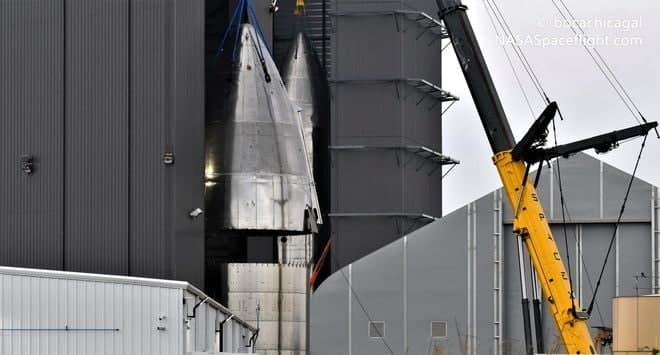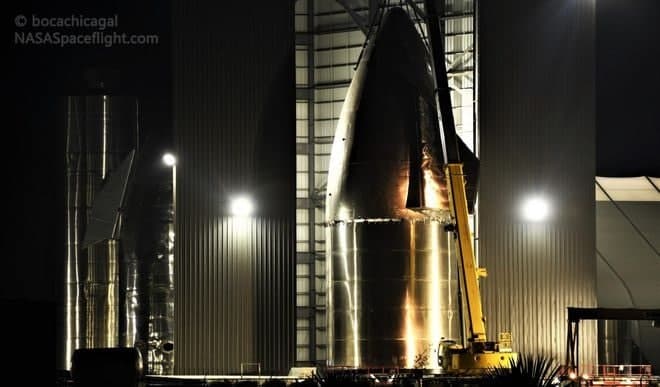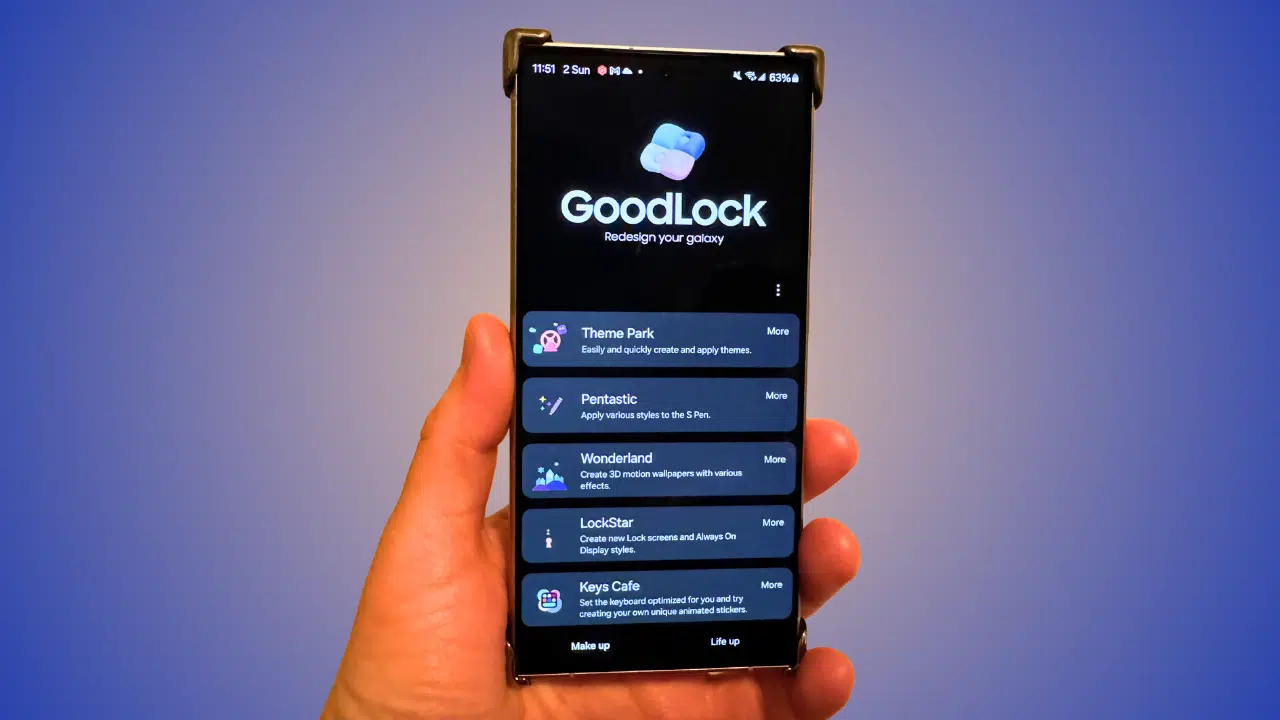At SpaceX’s Boca Chica plant in southern Texas, the company began the final assembly of the nose cone part of the prototype starship SN10. Just a few days ago, SpaceX’s second full-scale interstellar spacecraft prototype SN9 tilted inside the tower facility and fell to the inner wall of the tower.
On December 19, local time, SpaceX began to complete the final stacking of the nose cone part of the prototype starship SN10. This part of the spacecraft prototype consists of a conical nose cone placed on top of several steel cylinders. Unlike the full-size SN8 and SN9, the prototype SN10 has a slightly shorter fuselage, with one less barrel, minus the nose cone ring placed on the top of the tank.

The assembly task is not completely over. The SpaceX assembly team will use one or two hoop welds to connect the nose cone and the barrel and weld them along a 28-meter ring. In addition, engineers also need to assemble the gas propeller, flaps and hydraulic tubing on the nose cone, layout the avionics circuit, weld the nose cone and the nose cone ring, and then connect the entire nose cone to the barrel. Assembly.
If the production process of the Starship SN10 is similar to that of the SN9, the front end of the Starship prototype will be ready for final installation on December 25, which will take one to two days. But first, the interplanetary spacecraft prototype SN9, which has two flaps damaged due to its tilt, needs to be removed from the tower where the assembly process is carried out.

SpaceX originally planned to close the road from 8 am to 5 pm on December 21, 22, and 23 for the transportation of the interplanetary spacecraft prototype SN9 and the crane required to lift it to the launch testbed. Subsequently, the storage tank and engine part of the starship prototype SN10 will be transported to the tower for assembly of the front part. If it takes more time to move out of SN9, SpaceX can also choose to assemble the front end of Starship SN10 outside.
Fortunately, the tilt of SN9 has little effect on the structure of the spacecraft. Even if the SN9 fails the test, the interstellar spacecraft prototype SN10 may be ready to continue testing when needed.







